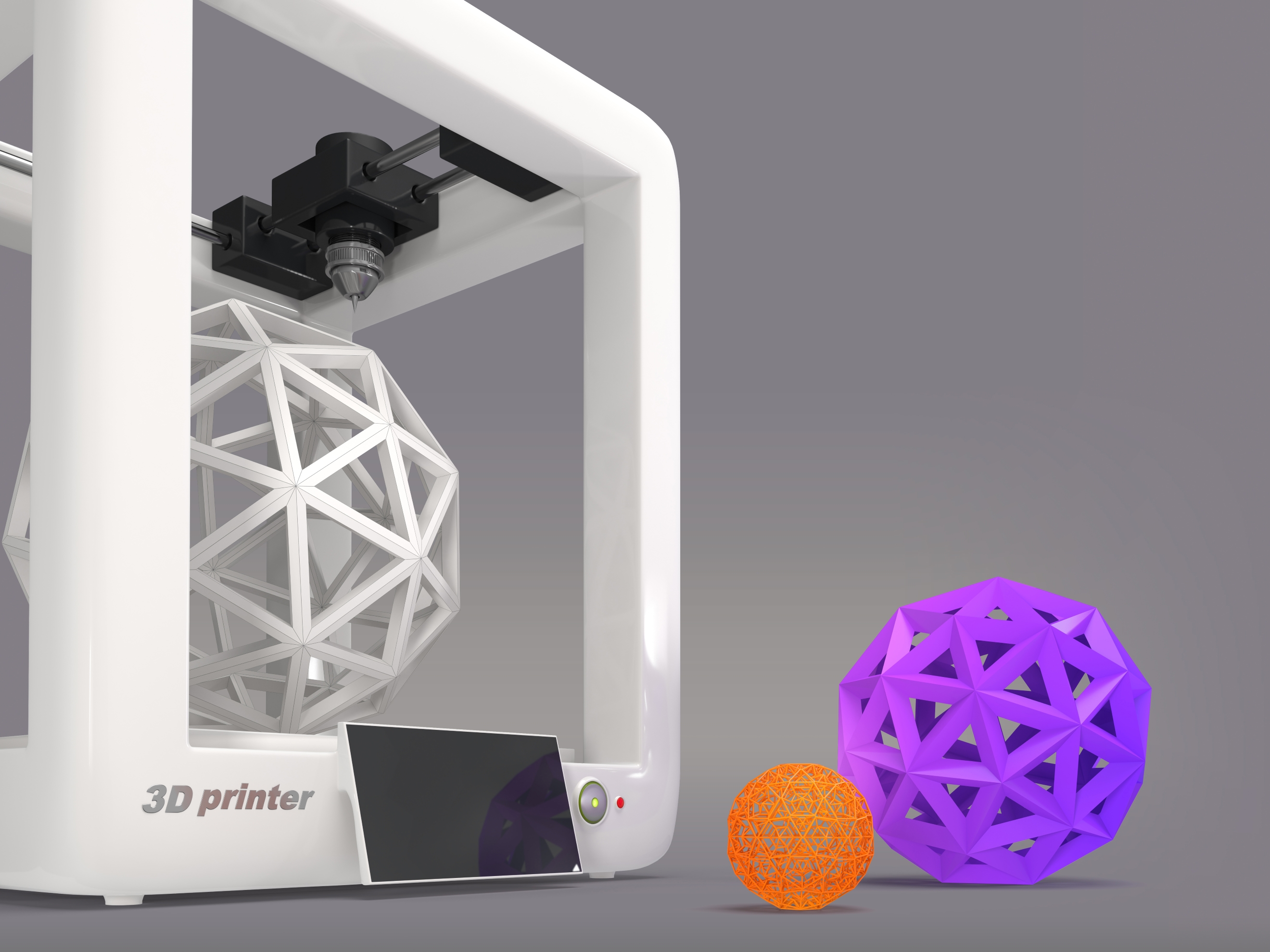
Finnish nanodiamond manufacturer Carbodeon and Dutch 3D printing specialist Tiamet 3D have announced the first nanodiamond-enhanced filaments for 3D printing.
The Carbodeon/Tiamet 3D filaments are based on a jointly-patented technology which can help improve the mechanical and thermal properties of 3D printed items.
‘By joining forces we've already developed filaments with a 100% increase in tensile strength, improved printability, and better thermal properties,’ said Reid Larson, CEO of Tiamet 3D.
‘Nanodiamonds offer the potential to make 3D-printed components that perform as well as or better than comparable injection molded components, but with massive cost reductions and production speed improvements, especially for prototype, on-demand and short run production,’ added Carbodeon CEO Dr Vesa Myllymäki.
3D printing using these thermoplastics could be suitable for the electronics, automotive and aerospace industries. Nanodiamonds can increase the glass transition temperature of the end product or component making them suitable for challenging environments, the companies say.
The first Carbodeon/Tiamet 3D filaments will be PLA (polylactic acid) based, with further development focused on other thermoplastics.
This story uses material from Carbodeon, with editorial changes made by Materials Today. The views expressed in this article do not necessarily represent those of Elsevier.



